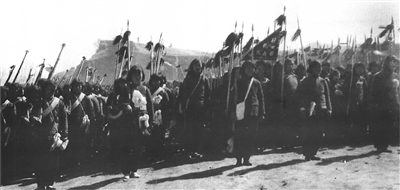
Women's Self-Defense Force in District 12 of Quyang County, Hebei Province. Photo provided by the Party History Office of Quyang County Party Committee of Hebei Province
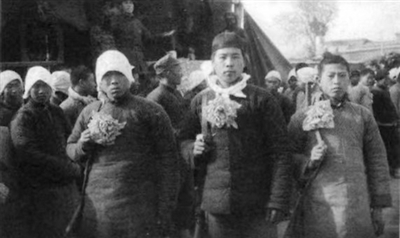
Young people in Pingshan enthusiastically joined the army. Photo provided by the Party History Research Office of Shijiazhuang Municipal Party Committee, Hebei Province
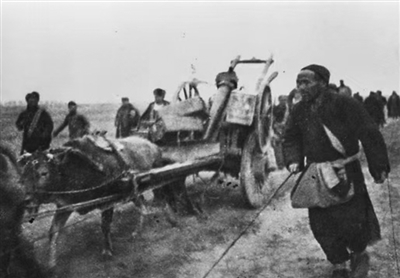
The masses transported supplies to the front line during the Xiangchenggu battle. Photo provided by the Memorial Hall of the Chinese People's War of Resistance Against Japanese Aggression
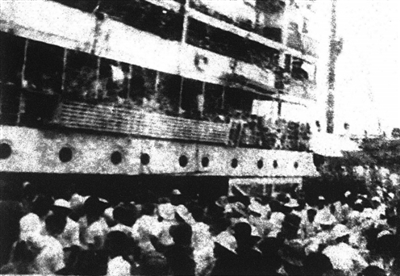
People from all walks of life in Singapore welcomed Nanqiao mechanics to return home at the dock. Photo provided by Hainan Sculpture Art Society

Minsheng Company's ships pass through rapids and dangerous shoals and transport strategic materials to the rear. Photo provided by the Archives of Yichang City, Hubei Province
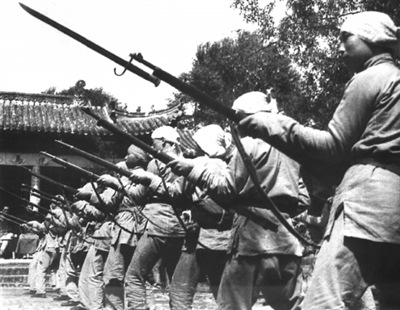
The Hui Muslim Detachment formed by Ma Benzhai. Photo provided by the Propaganda Department of Xian County Party Committee of Hebei Province
On July 7, 1937, gunshots at Lugou Bridge tore apart for a long night. The national war of resistance broke out.
At the moment of life and death, through the unremitting efforts of the Communist Party of China and based on the cooperation between the Kuomintang and the Communist Party, the anti-Japanese national united front, which was widely participated by the people of all ethnic groups, democratic parties, patriotic armies, patriotic people of all classes, and overseas overseas Chinese, was formed and developed.
Across the country, inside and outside the Great Wall, the children of all Chinese ethnic groups braved the enemy's artillery fire to go to the national crisis, radiating strong cohesion, centripetal force and combat effectiveness.
"Give strength and money, guns and knowledge and knowledge", the exciting slogan resounded throughout the land of China and became the clarion call to inspire the whole nation to fight against the war. In Pingshan, Hebei, youth responded and expressed their determination to "join the Eighth Route Army and drive away the Eastern Army." More than 1,500 young people from Pingshan actively participated in the army and participated in the war; Hui anti-Japanese general Ma Benzhai organized young and middle-aged people to rise up and form a Hui Muslim anti-Japanese volunteer team.
Intellects use pens as guns, Yu Dafu published a large number of articles to encourage morale in the War of Resistance. The "Yellow River Chorus" composed by Xian Xinghai roared out the national soul; the overseas Chinese leader Chen Jiageng raised funds to buy materials, and more than 3,000 machinists in Nanyang risked their lives to rush to the Yunnan-Burma Highway; the national enterprise and people's livelihood company sent all strategic materials to the rear; women sewed tens of millions of military uniforms day and night, the children's regiment stood guard and sent intelligence... The word "anti-Japanese War" was deeply engraved into the backbone of every Chinese.
(Compiled by Xu Leipeng, a reporter from People's Daily)